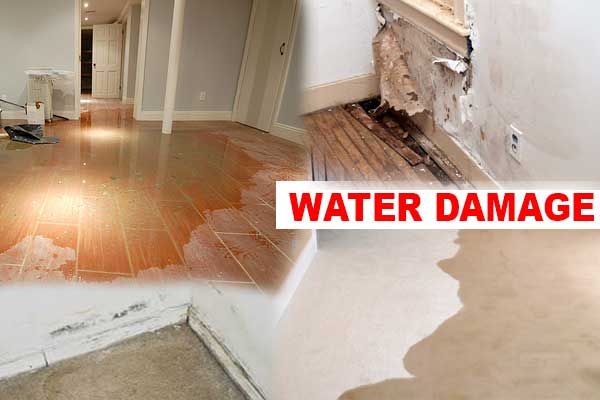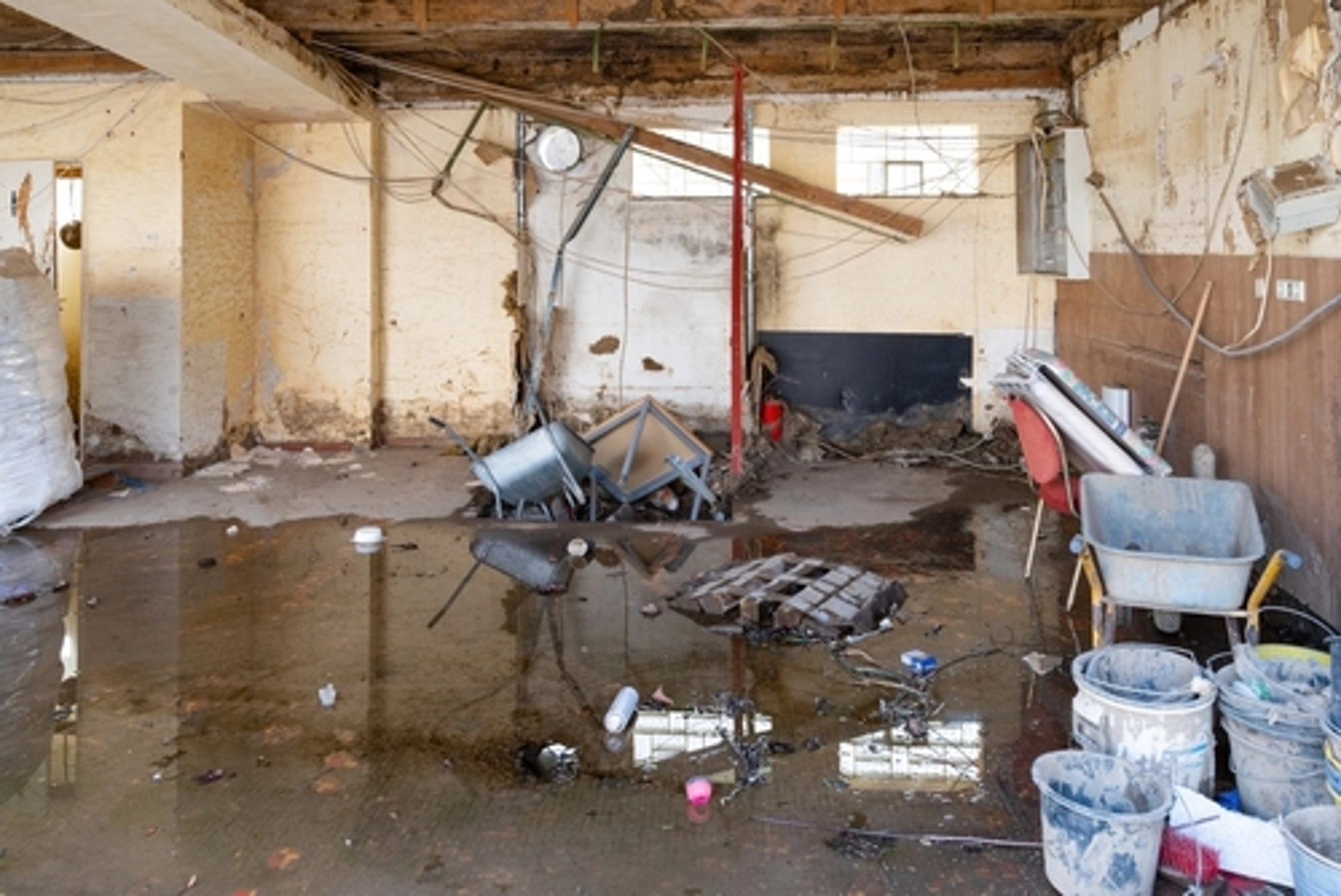The Process of Water Damages Clean-up: Ensuring Your Home Is Recovered Efficiently
Water damages can be a difficult challenge for house owners, demanding a organized and meticulous clean-up procedure to bring back safety and functionality. A comprehensive assessment is critical to identify the extent of the damages and establish the appropriate removal procedures. Following this, reliable water removal strategies play a crucial role in alleviating further injury. The nuances of drying out, disinfecting, and eventual reconstruction are similarly necessary and commonly neglected. Understanding these stages can make a substantial distinction in the end result of your home's reconstruction, prompting a closer take a look at what each action entails.
Examining the Damages
Upon finding water damages, the initial step is to thoroughly analyze the degree of the impact. This preliminary evaluation is vital, as it aids identify the essential steps for reliable cleanup and restoration. Begin by checking the affected areas, consisting of wall surfaces, ceilings, floorings, and personal valuables, to determine the source of the water breach, whether from flooding, leakages, or condensation.
Documenting the damages is crucial for both insurance coverage cases and intending reconstruction efforts - damage restoration services. Usage photos and written notes to catch the seriousness of the damage, keeping in mind any kind of damaged structural components and products. Pay special interest to locations that might not be instantly noticeable, such as behind walls and under carpets, as concealed wetness can cause further problems, including mold and mildew development
Furthermore, examine the timeline of the water direct exposure. Inevitably, a detailed analysis lays the groundwork for a successful water damage cleanup procedure, making sure that all affected areas are dealt with efficiently and extensively.
Water Extraction Strategies

Specialists typically use completely submersible pumps for larger quantities of water, which can swiftly alleviate flooding in cellars or other impacted locations. For smaller sized amounts, wet/dry vacuum cleaners are frequently used to remove residual moisture from carpets and difficult surface areas. In addition, utilizing mobile extractors enables targeted elimination in restricted spaces or areas with delicate products.
In circumstances of polluted water, such as sewage or floodwater, advanced removal strategies might include making use of biohazard devices to ensure safety and security and conformity with health laws. High-powered extraction tools are vital in decreasing water retention in structural materials, which can result in mold development and structural degeneration if not addressed immediately.
Eventually, the efficiency of water removal strategies plays a critical duty in the general success of the water damages cleaning process, preparing for subsequent remediation efforts.
Drying and Dehumidification
Once standing water has actually been properly drawn out, the following crucial phase in the water damages clean-up process is drying out and dehumidification. This action is vital to avoid more damages and mold development, which can happen within 24 to two days in damp settings.
To attain efficient drying, specialized equipment such as industrial-grade air movers and dehumidifiers is employed. Air movers flow air throughout wet surfaces, improving evaporation prices, while dehumidifiers reduce humidity levels airborne, promoting a favorable atmosphere for drying. The combination of these tools makes certain that wetness is drawn out from walls, home furnishings, and floorings, allowing them to dry extensively.
It is essential to monitor the drying procedure closely. Professionals typically utilize moisture meters to analyze the dampness go right here web content in different materials, ensuring that all affected areas get to acceptable dry skin degrees. This meticulous approach assists to stop concealed wetness pockets that can lead to architectural damages or harmful mold and mildew development.

Cleansing and Disinfecting
After the drying out and dehumidification stage is full, the next essential action in water damages cleaning is cleaning up and sterilizing the impacted areas. This procedure is essential to avoid the growth of mold, microorganisms, and other microorganisms that prosper in moist atmospheres.
The cleaning stage typically entails eliminating any type of debris, dust, and impurities from surface areas utilizing specialized cleaning up agents. For hard surfaces, a mix of soap and water or business cleansing items is typically utilized. Soft products, such as furniture and carpets, might need a lot more comprehensive cleaning approaches, including heavy steam cleaning or deep extraction techniques, to ensure thorough cleanliness.

Sanitizing follows cleansing, using EPA-approved disinfectants to eliminate hazardous bacteria. This step is necessary, especially in areas that might have come right into call with floodwaters or sewage, as these resources can pose severe health and visit the website wellness risks.
Furthermore, it is vital to attend to any type of continuing to be smells, which might need making use of odor neutralizers or innovative methods like ozone treatment. Correct cleansing and sanitizing not only recover the security and health of your home but additionally lay the groundwork for successful repair and repair work in subsequent stages of the water damage cleaning process.
Reconstruction and Repair Work

As soon as the analysis is full, Read More Here reconstruction initiatives can start. Additionally, flooring may require comparable focus, depending on the level of water direct exposure.
It is important to involve seasoned restoration specialists during this procedure, as they possess the know-how to handle intricate repair work effectively. They can help alleviate potential future problems, such as mold development or architectural instability, thus making certain a risk-free and habitable living setting. Ultimately, efficient remediation and repairs recover the home's stability and enhance its overall value.
Final Thought
In verdict, the procedure of water damage cleaning is important for recovering a home to its pre-damage condition. Each stage, from assessing the damage to executing efficient water extraction strategies, complied with by extensive drying out, disinfecting, and essential repair services, plays a crucial role in making sure security and conformity with building criteria. Efficient implementation of these steps not only mitigates prompt damages yet likewise improves the long-term integrity and worth of the property.
Water damage can be a difficult difficulty for property owners, necessitating a structured and precise clean-up procedure to bring back safety and capability. Eventually, a comprehensive assessment lays the groundwork for a successful water damages clean-up procedure, making sure that all impacted areas are attended to effectively and thoroughly.
Effective water extraction strategies are essential in mitigating damages and preventing further complications following a water intrusion event.In conclusion, the procedure of water damages clean-up is crucial for bring back a home to its pre-damage condition. Each stage, from assessing the damages to carrying out efficient water removal strategies, followed by complete drying out, sterilizing, and essential repair work, plays a vital duty in making certain safety and conformity with building criteria.
Comments on “Professional Water Damage Restoration for Homes and Businesses Near You”